Production quality information
World’s highest performing industrial LED light solutions for mining and other industries
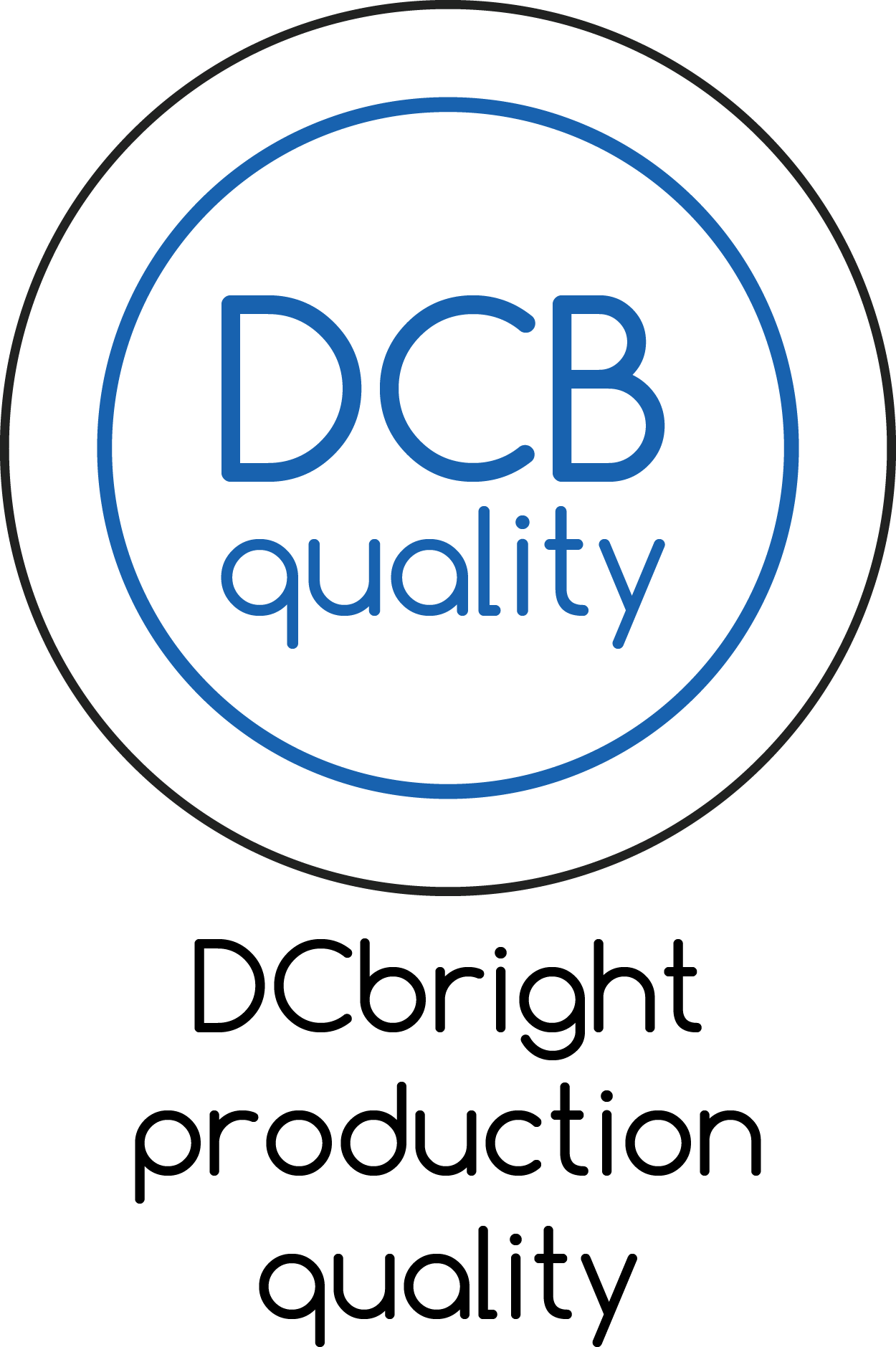
DCbright standard production quality
Soldering: Traditionally, it is customary to solder components onto the printed circuit board using a fan oven. DCBright solders its components by using a special method in a liquid. This ensures a stronger bonding of the components to the PCB, but also a considerably lower porosity of the solder tin. A lower porosity reduces the risk of cracking. Furthermore, no oxidation can occur during soldering, due to the airtight environment in which the soldering takes place. The method originates from the aerospace industry and is rarely used in the lighting industry due to its higher costs.
Heat transfer: To ensure an optimum heat transfer from the PCB, DCBright places a heat-exchanging sheet between the PCB and its housing. This brings various advantages with respect to the commonly used cooling paste. Not only is there no longer any chance of the paste drying out, but it is also not possible for the paste to end up on components. Such a paste usually contains chemical components that are harmful to electronic components, so this is undesirable. The heat-exchanging sheet prevents short-circuiting and overheating of components and the lamp, giving both a longer life span.
Cable management: Practice has shown that moisture sometimes ends up in LED lamps via the cabling, with disastrous consequences. By applying a unique connection between cable and lamp, this danger does not exist with DCBright lamps.
Individual tested: After production each lamp is tested individually to determine whether the lamps are functioning properly. Every lamp is also monitored with a thermal camera to ensure that all specifications are met.
Moisture-free housing: The assembly of the lamps takes place in a room with low humidity. This results in both a low pressure and a low degree of humidity inside of the housing. This minimizes the risk of oxidation and condensation, resulting in an optimum light output. Hereby, the lamp is suitable for a wide variety of external conditions.
Screws: All screws are made of stainless steel 316 and sealed in the housing to prevent vibrations and corrosion.
Materials: All lamps and fixtures are made of high-quality aluminum. The aluminum is tested with an X-Ray scan to check whether it meets the quality requirements.
Paint: The aluminum housing is provided with a layer of “chrome conversion coating”, which promotes the corrosion resistance of the lamps. A dual layer of “powder paint” is then applied. Titanium is used in the powder paint in order to improve the heat transfer capacity of the housing.
PC sheets: The polycarbonate sheets used by DCBright are UV-coated PC sheets. This ensures durability and prevents discoloration.

Reversed polarity protection
Reversing the polarity of a device’s power supply can have serious consequences. Changing the positive and negative sides can lead to an burned printed circuit board or more complex problems. DCbright products with polarity protection are protected against accidentally wrong connecting the polarity.
There are various ways to counteract the effects of “reversed polarity.” A commonly used method consists of adding a diode to the supply line. The advantages of this method are its simple application and low costs. A major disadvantage of diodes is the huge voltage drop. Furthermore, this method has an efficiency loss of around 1%.
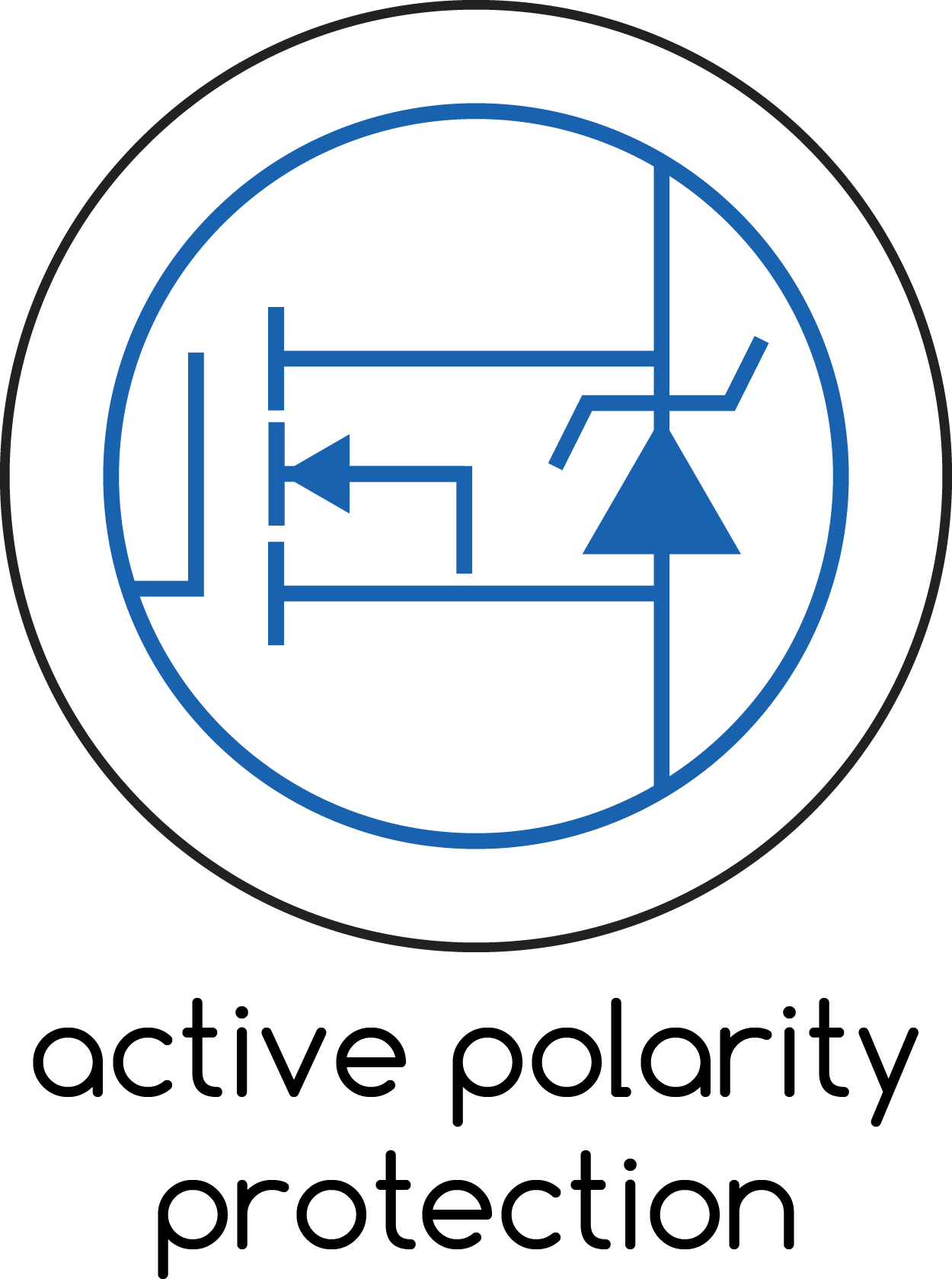
Active polarity protection
Another method is a so-called “active system”. The costs for this method are higher, but on the other hand there is no loss of efficiency.
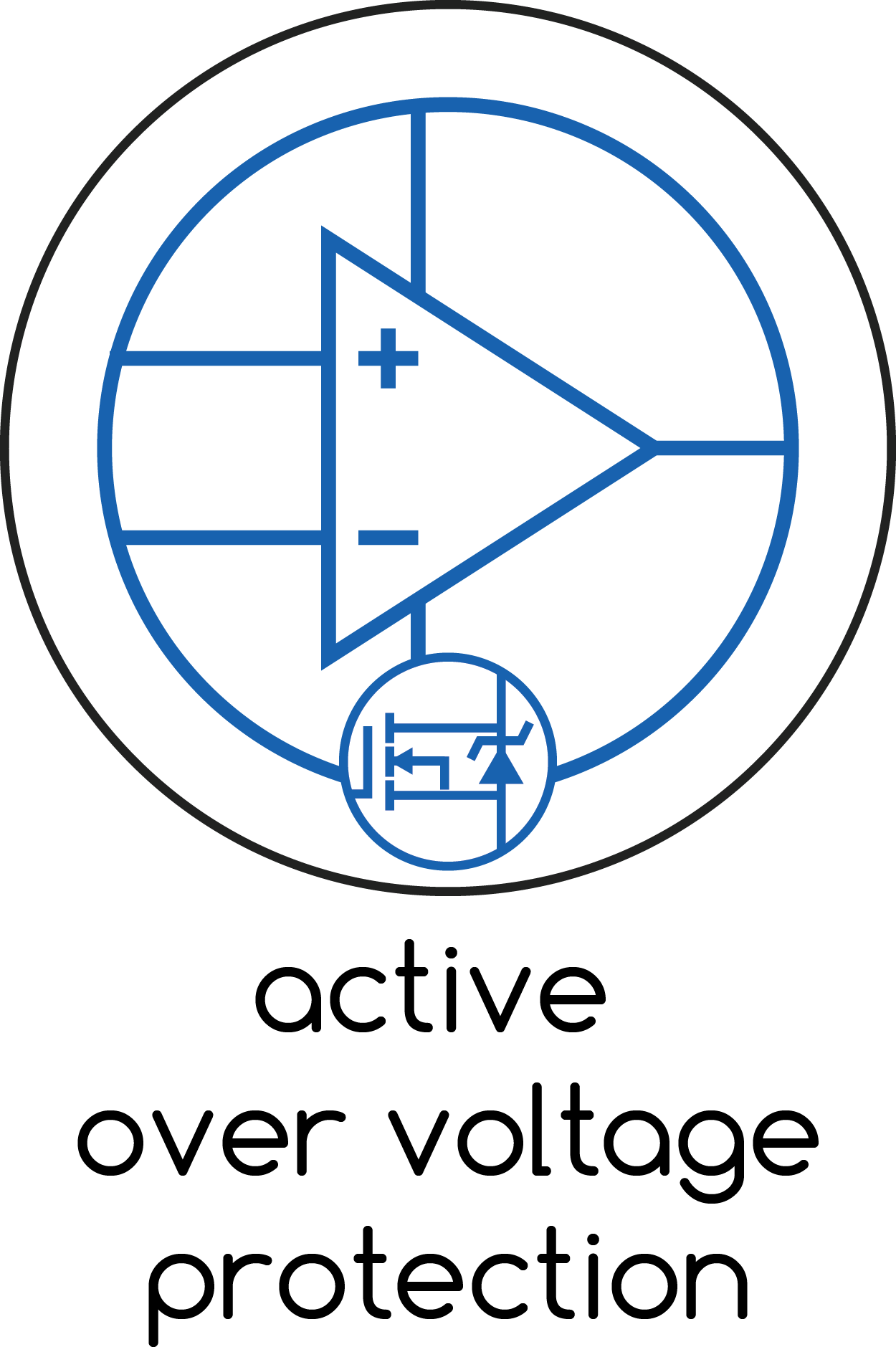
Over voltage protection
In order to prevent damage to components due to excessive voltage, over voltage protection is applied. This is a protection that interrupts the power supply when the occurring voltage exceeds a preset voltage margin. As soon as the voltage exceeds the margin, the lamp switches off. When the voltage is within the set margin again, the lamp will switch on.
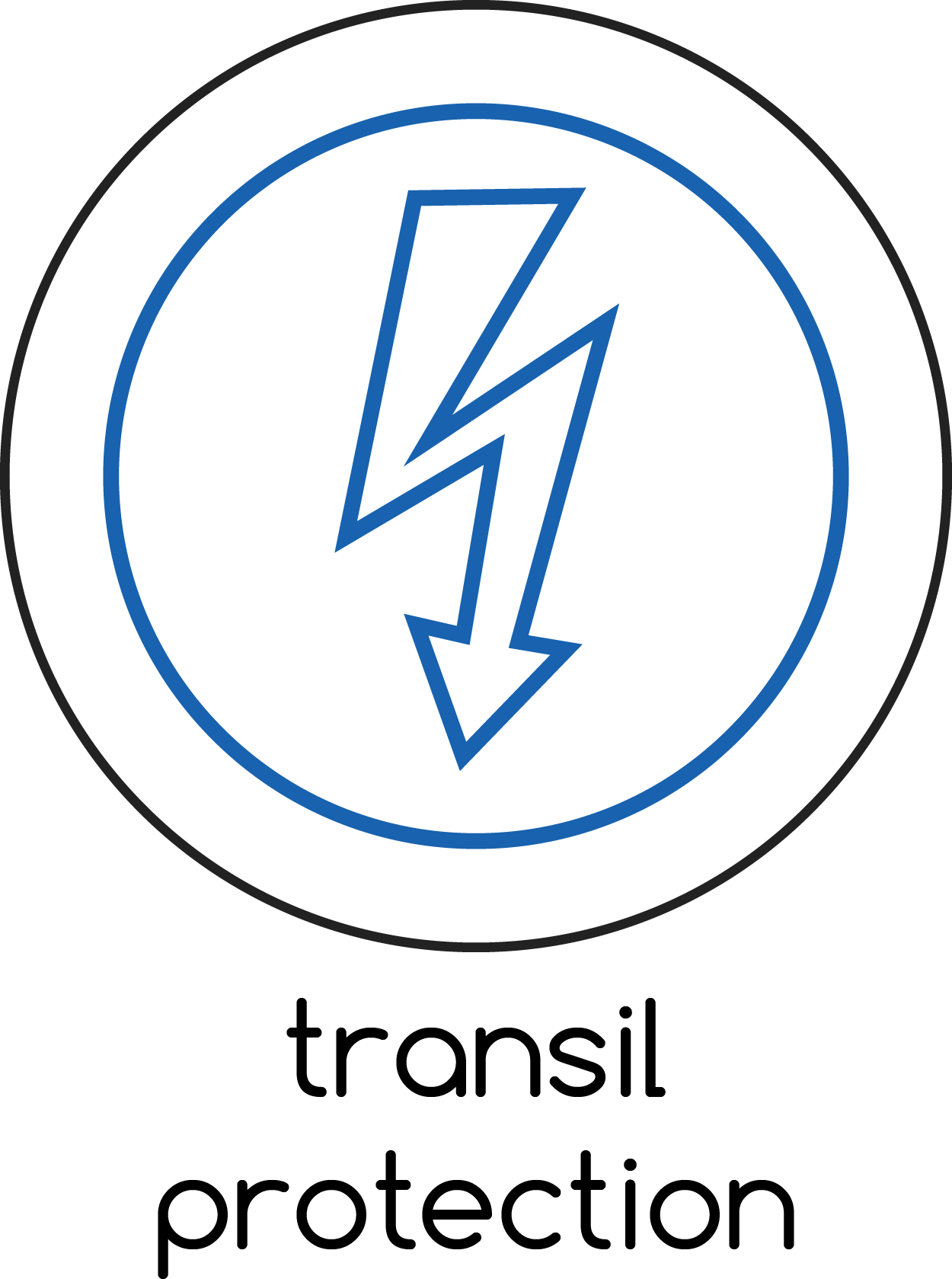
Transil protection
The light is protected against static voltage discharges on the connection wires.
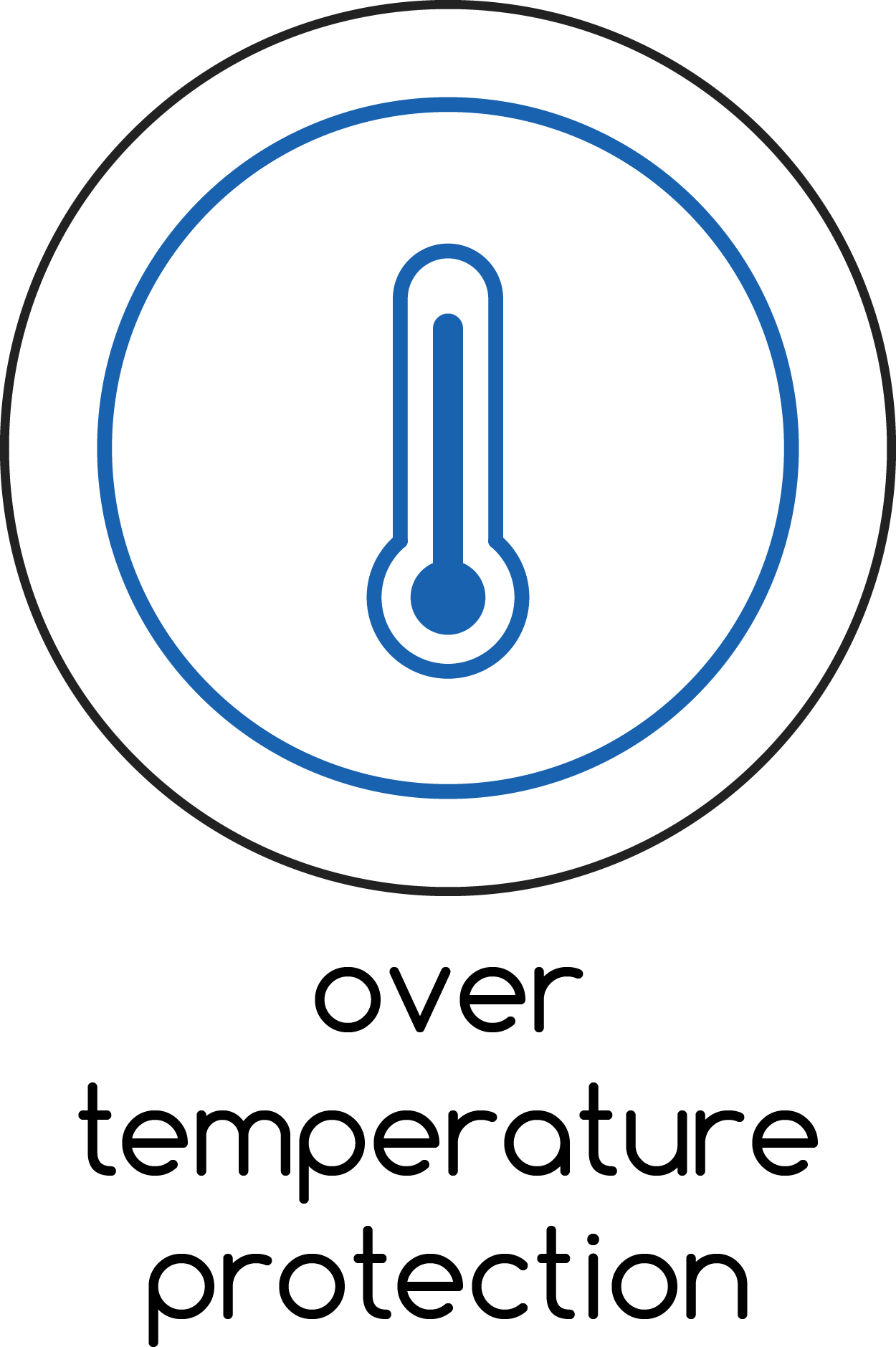
Thermal management
Good thermal management has a lot of influence on the efficiency and reliability of LED lighting. A commonly used method is dimming by using a PMW (Pulse Width Modulation). The stroboscopic effects and electromagnetic interference that accompany this can, however, have negative consequences for the health of personnel and the functioning of electronics.
DCbright uses a system for thermal management that, with the help of a temperature sensor, prevents the maximum permissible temperature to be exceeded. In addition, maximum efficiency is achieved by adjusting the power in such a way that the lamp burns with a constant and stable temperature. No PWM is used for this, eliminating the disturbing stroboscopy and electromagnetic interference
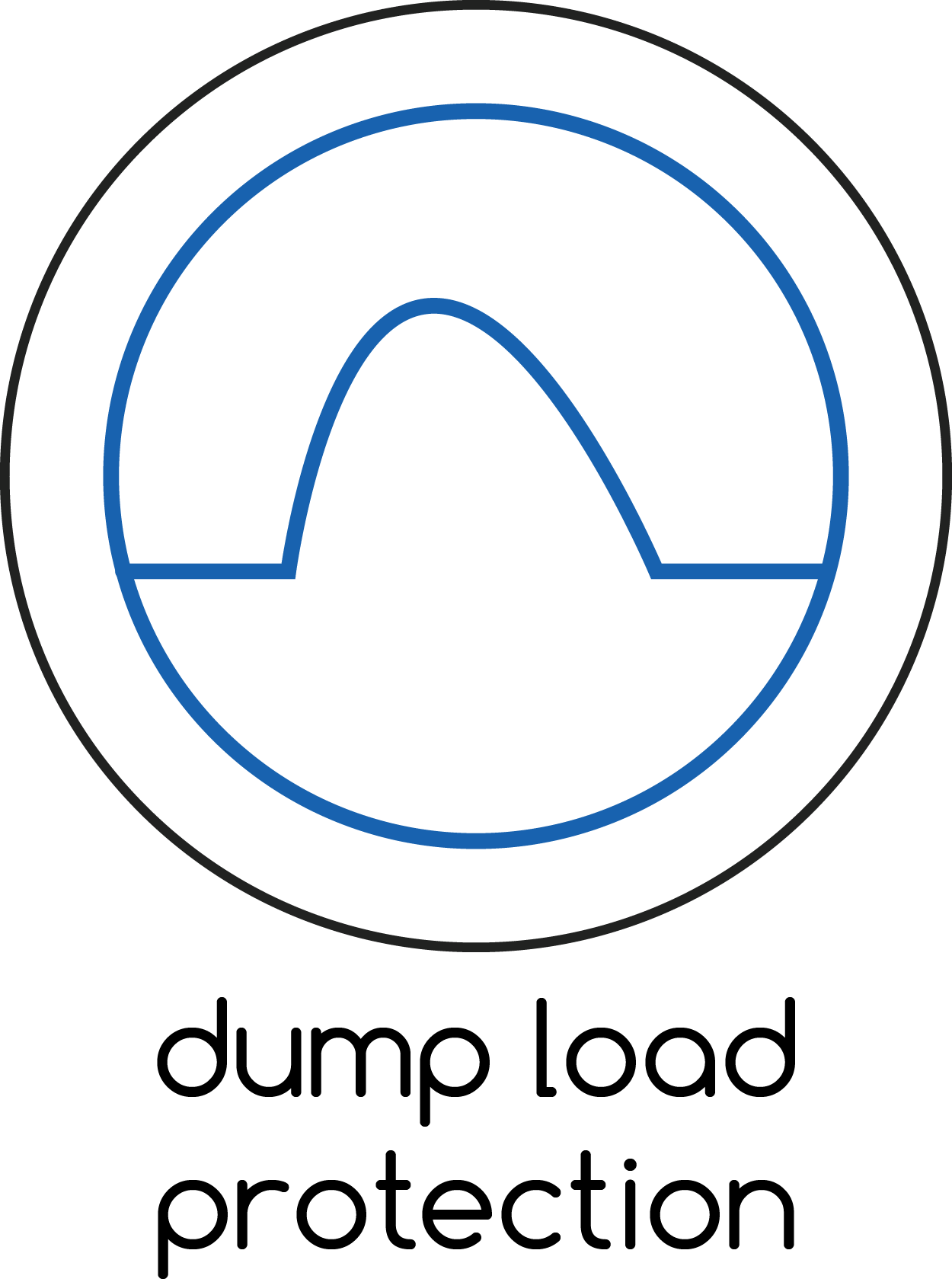
Dump load transient
A “dump load transient” is a component that can absorb power when the voltage exceeds a preset point. By making use of this absorbed power, the lamp can arm itself against voltage peaks in the supply line.
DCbright lamps are equipped with a dump load transient that meets the following requirements:
- I EC 61000-4-2 exceeds level 4
- 30 kV (air discharge)
- 30 kV (contact discharge)
- ISO10605 – C = 330 pF, R = 330 Ω
- ISO 7637-2
- Pulse 1: VS = -150
- Pulse 2a: VS = +112 V
- Pulse 3a: Vs = -220 V
- Pulse 3b: Vs = +150 V
- Formerly pulses 5a and 5b
- ISO 16750-2 – Tests A and B
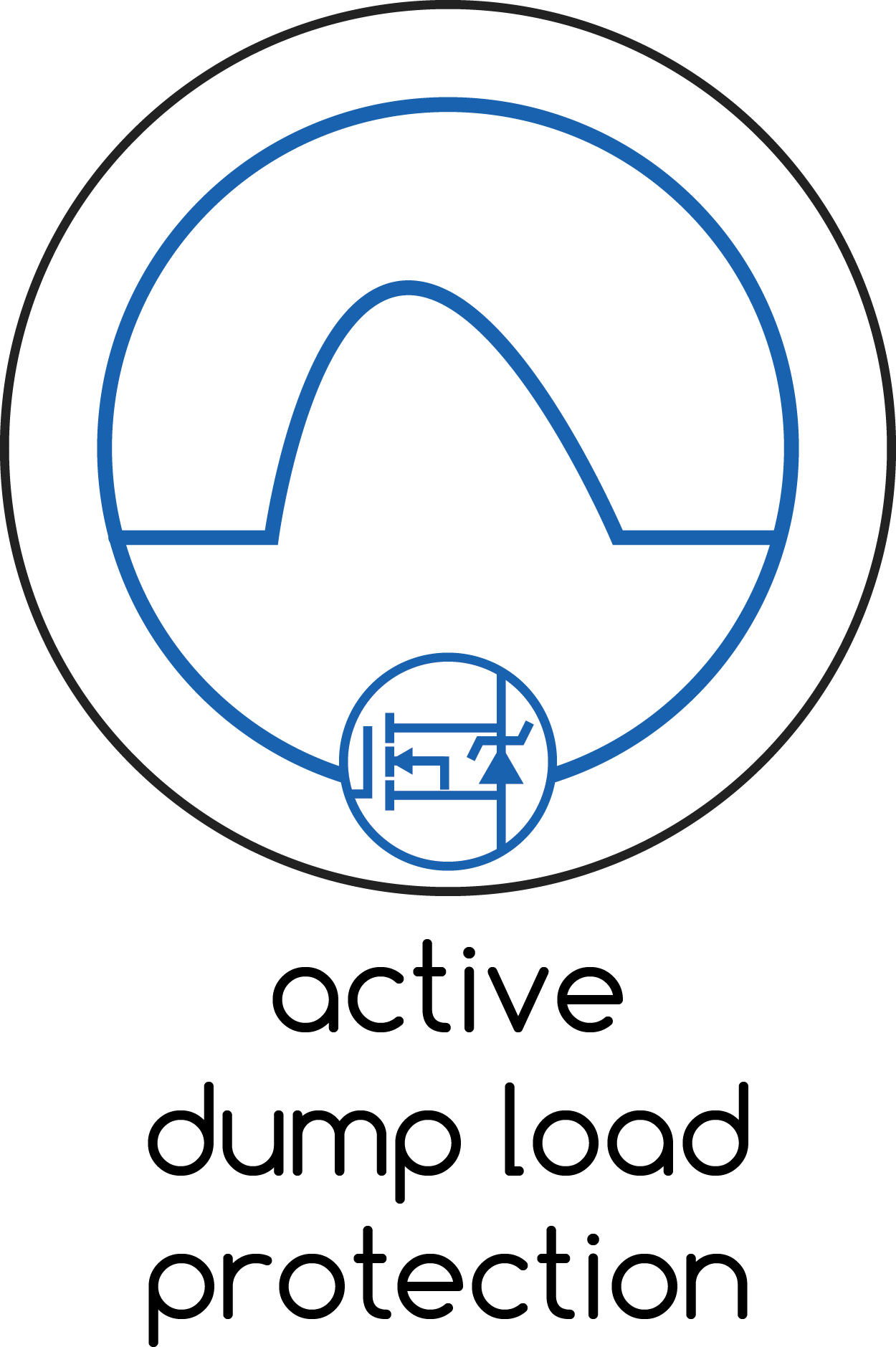
Active dumpload protection
This protection is bit the same as the standard dump load protection. Only the difference is that this protection will adsorbed power in line with the led light. So it only eat some voltage of the ingoing power in case the voltage get out of spec and can’t be handled any more by a dump load way. The active dump load can switch of the power to the led light to protect it against the out of control surge.
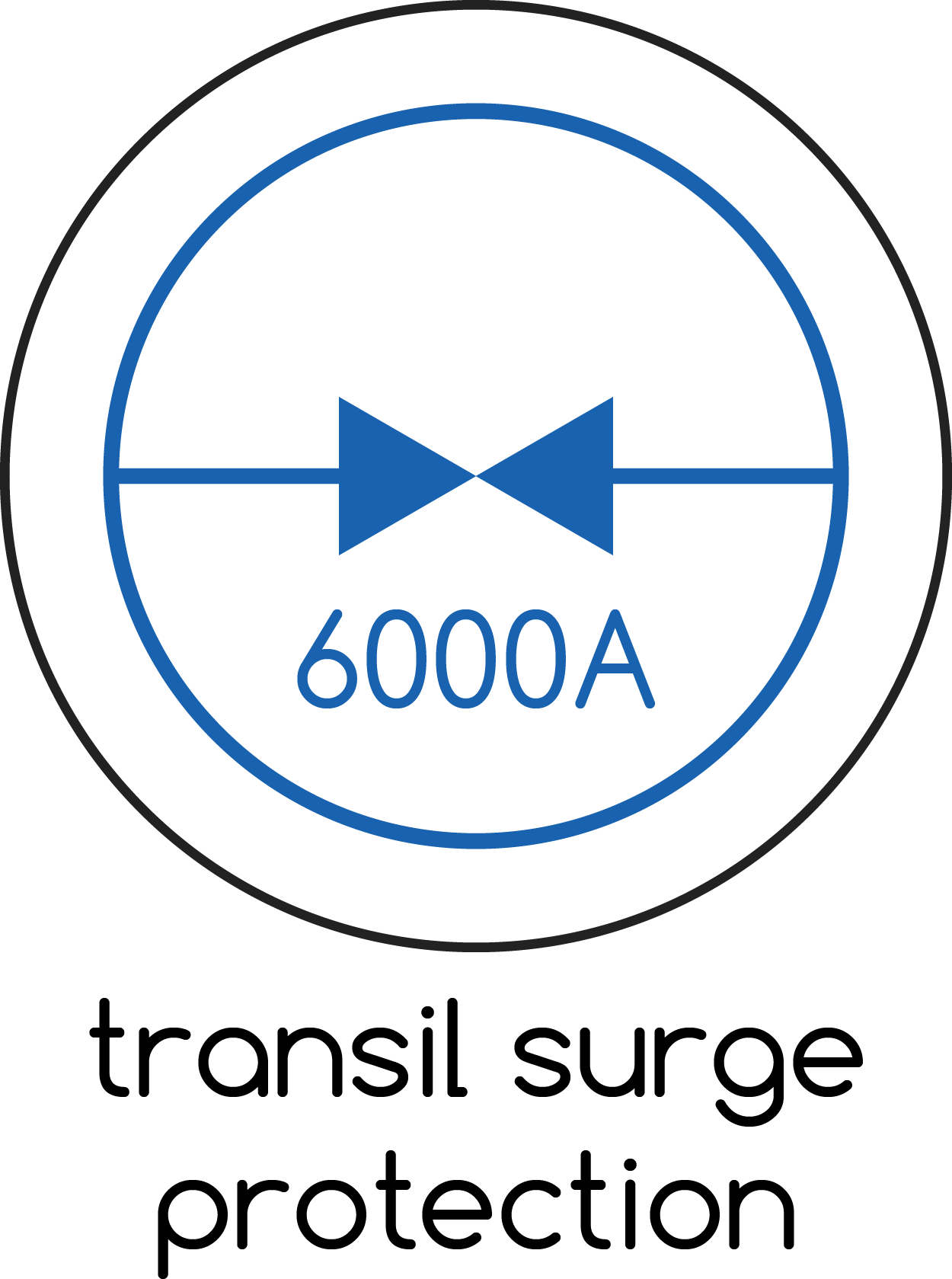
Surge protection
Surge protection protects electronic components against voltage spikes. The surge protection that is applied in the DCBright lamps consists of a protection that remains stable up to 75 volts. If this value is exceeded, a maximum of 3000-6000 amperes is withdrawn, thereby smoothing out the voltage increase. This extraction takes place in a maximum of 8/20 µs, whereby the reaction speed is 1000 V/µs.
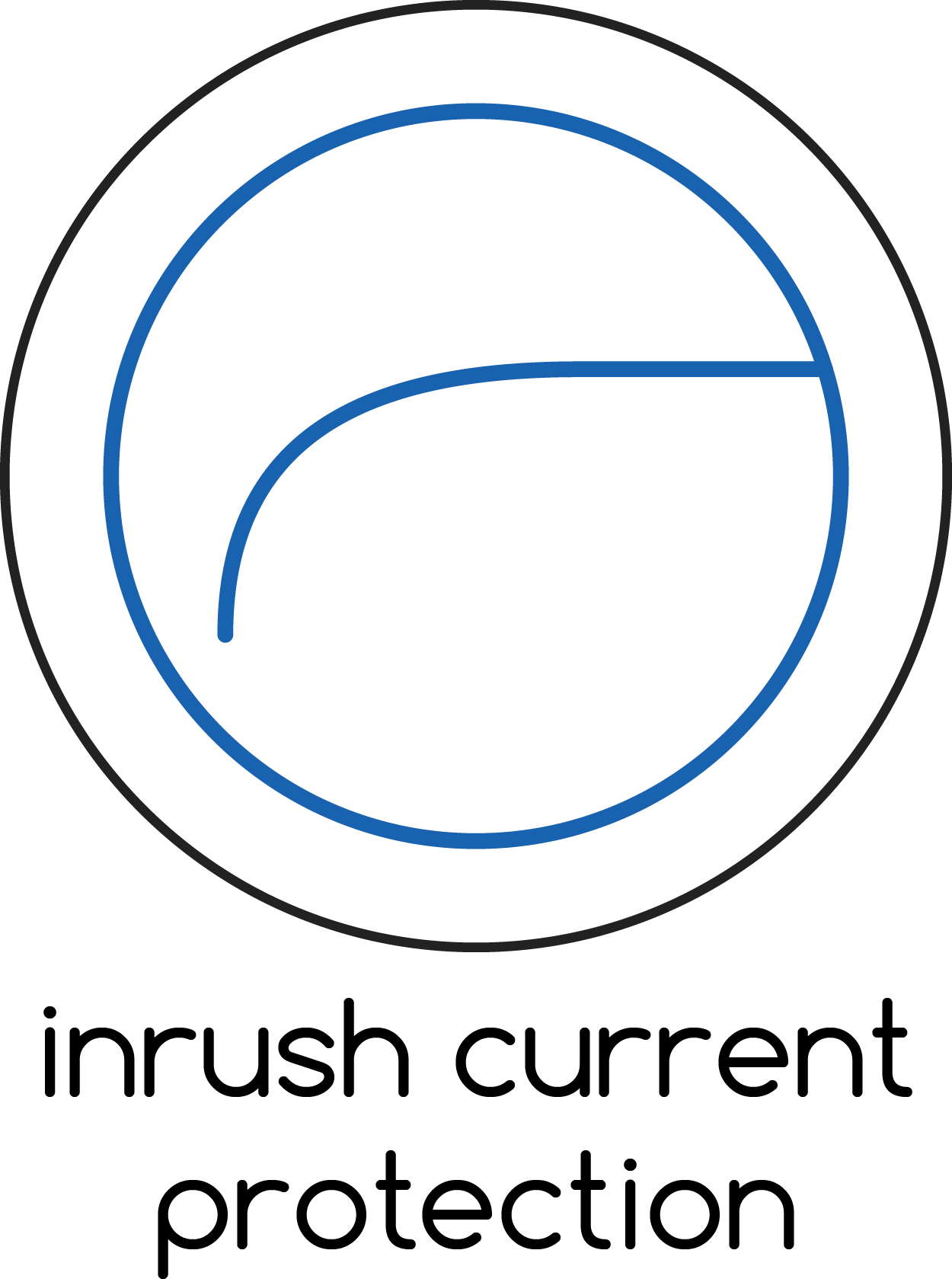
Inrush current limiter
An inrush current limiter is a component used to limit the inrush current to prevent gradual damage to components and to prevent fuses or circuit breakers. Without this protection, the lamps will extract a large current during start-up, since the capacitors must be charged.

Heat transfer PCB
Generally Led light use pcb’s with a heat transfer of 0.23Wmk to 3Wmk but DCbright if focused to use the best for our customers. So we use circuit board with the heat conductance of up to 390wmk. Higher heat conductance means the leds get less hot. If the leds get less hot the light will give more light out and have a long life time.
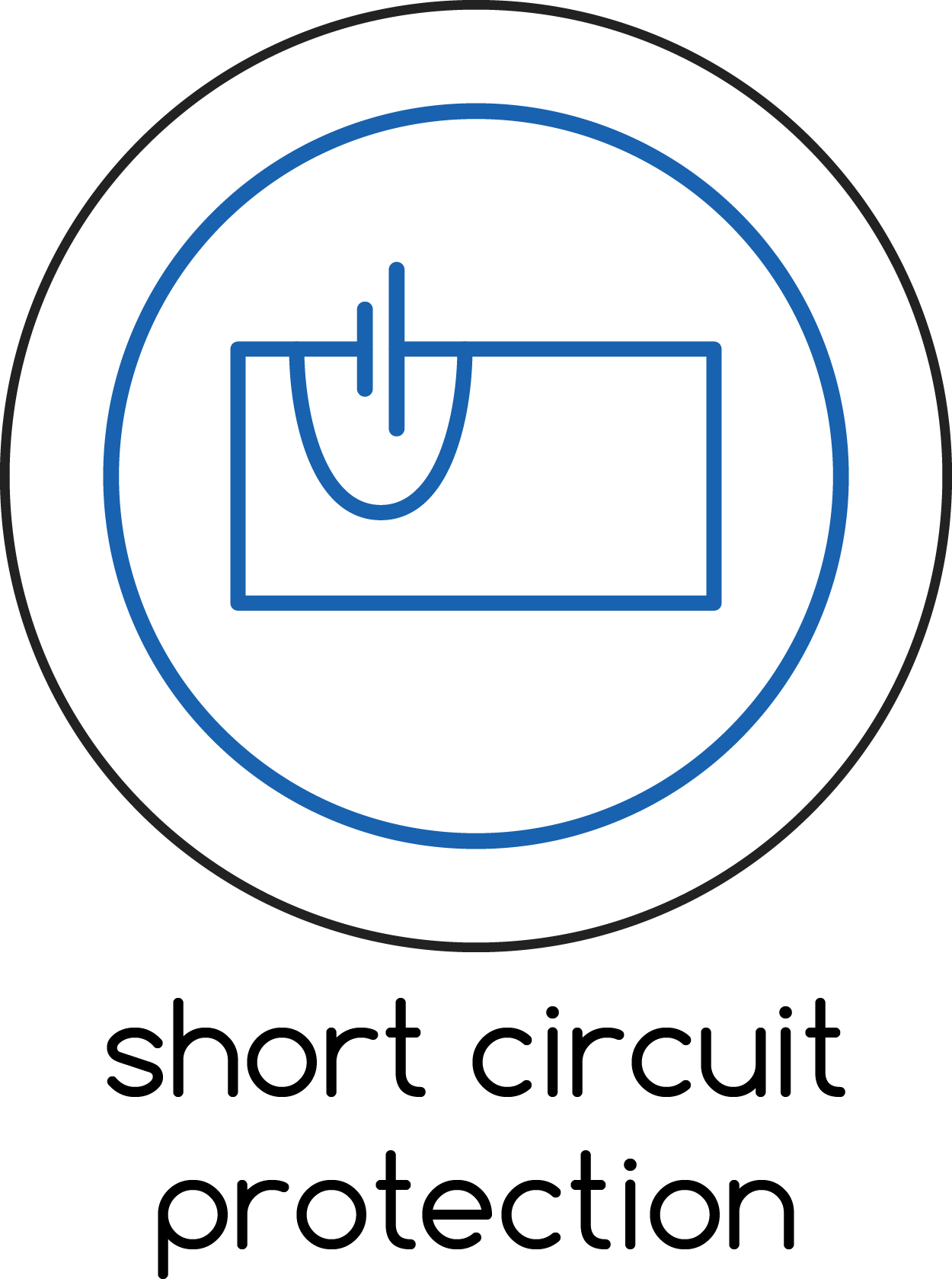
Short circuit protection
The short-circuit protection switches off the voltage supply if a short-circuit occurs in the lamp.
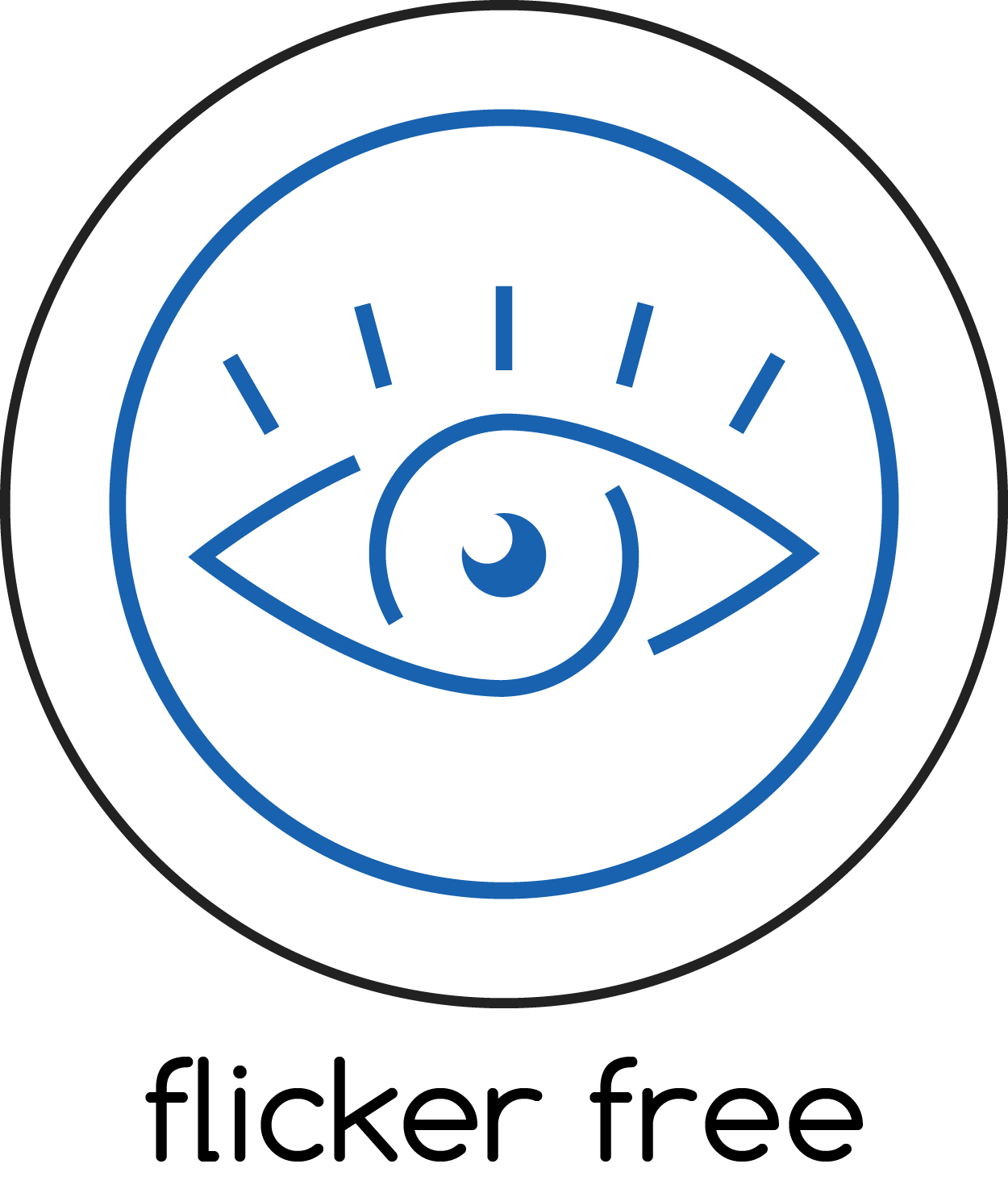
Flicker free lighting
In many recent scientific studies, connections are made between physical and psychological complaints and the so-called “flickering” of LED lighting. Migraine, loss of concentration, eye strain and light-sensitive epilepsy are some possible consequences of LED lighting with a frequency that is registered by the brain, but cannot be “seen” with the eye.
To avoid this ever-increasing problem, DCbright uses completely flicker-free lamps! This is achieved by applying a frequency of 1 MHz for example. In addition, a capacitor is used to smoothe out wrinkles.
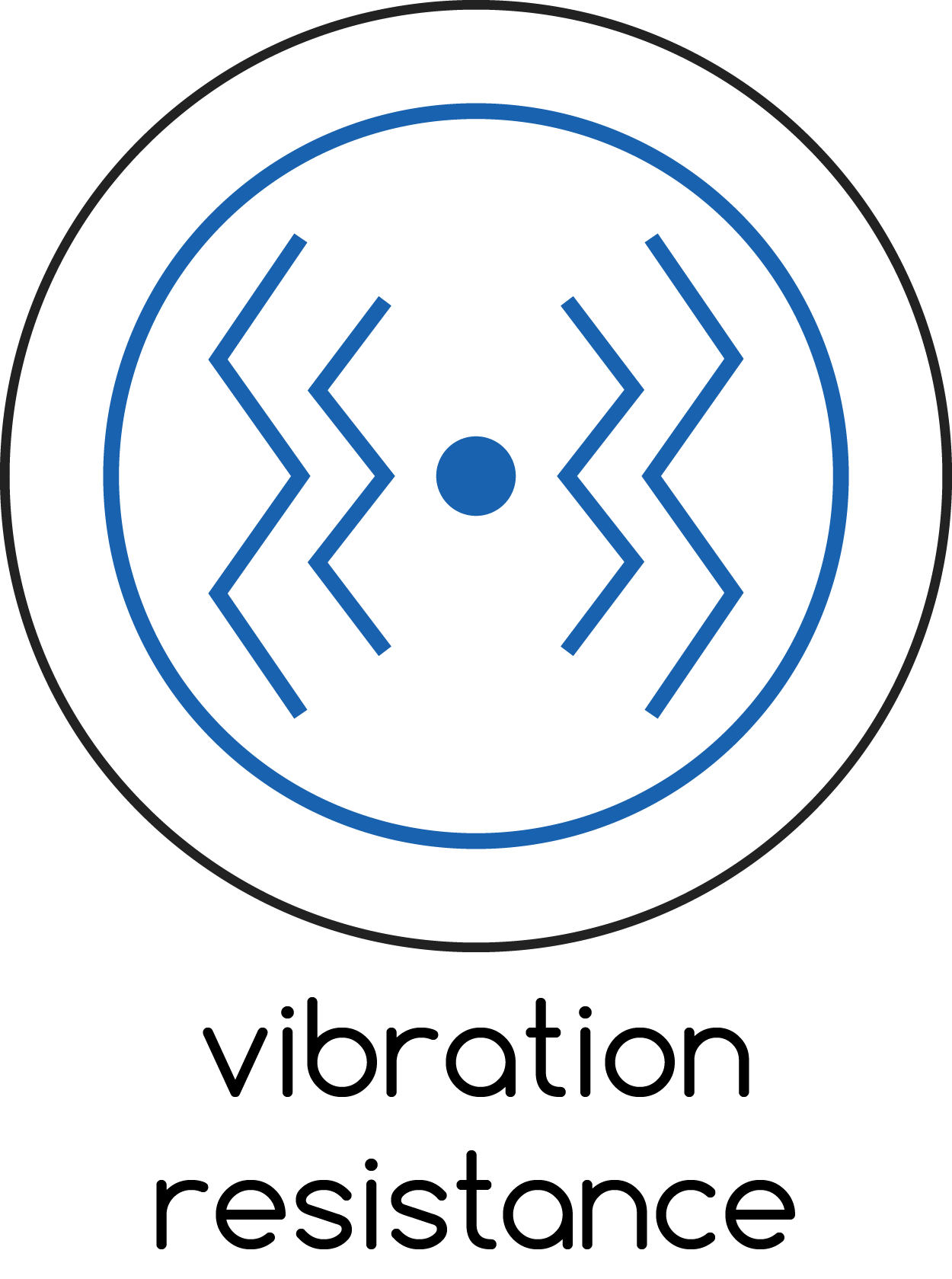
Anti vibration
In order to make the lamps as vibration-resistant as possible, the heavier components are soldered ánd glued onto the PCB. Given the high absorbency of glue with regard to vibrations, this results in a considerably longer service life of both the components and the PCB. And screws that are used are special screws or they are sealed in.

EMV - EMC
DCbright lamps have a component that suppresses interference. As a result, less electromagnetic interference occurs and the chance of electronics malfunctioning near the lamps is reduced.
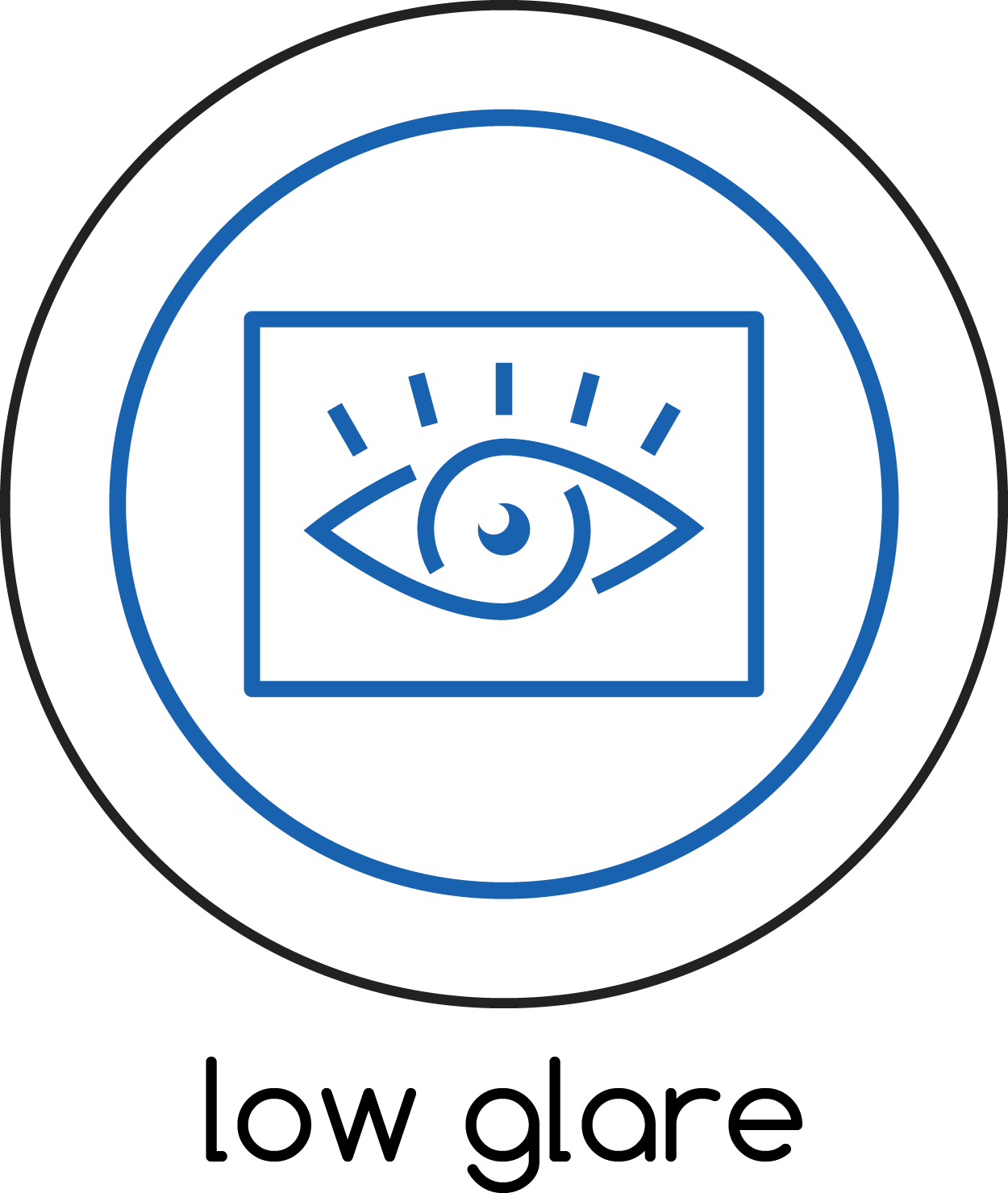
Low glare
In order to prevent light pollution or ‘glare’ (light that falls outside the desired distribution angle), there are “low-glare” variants available for the vast majority of the products that DCbright offers.